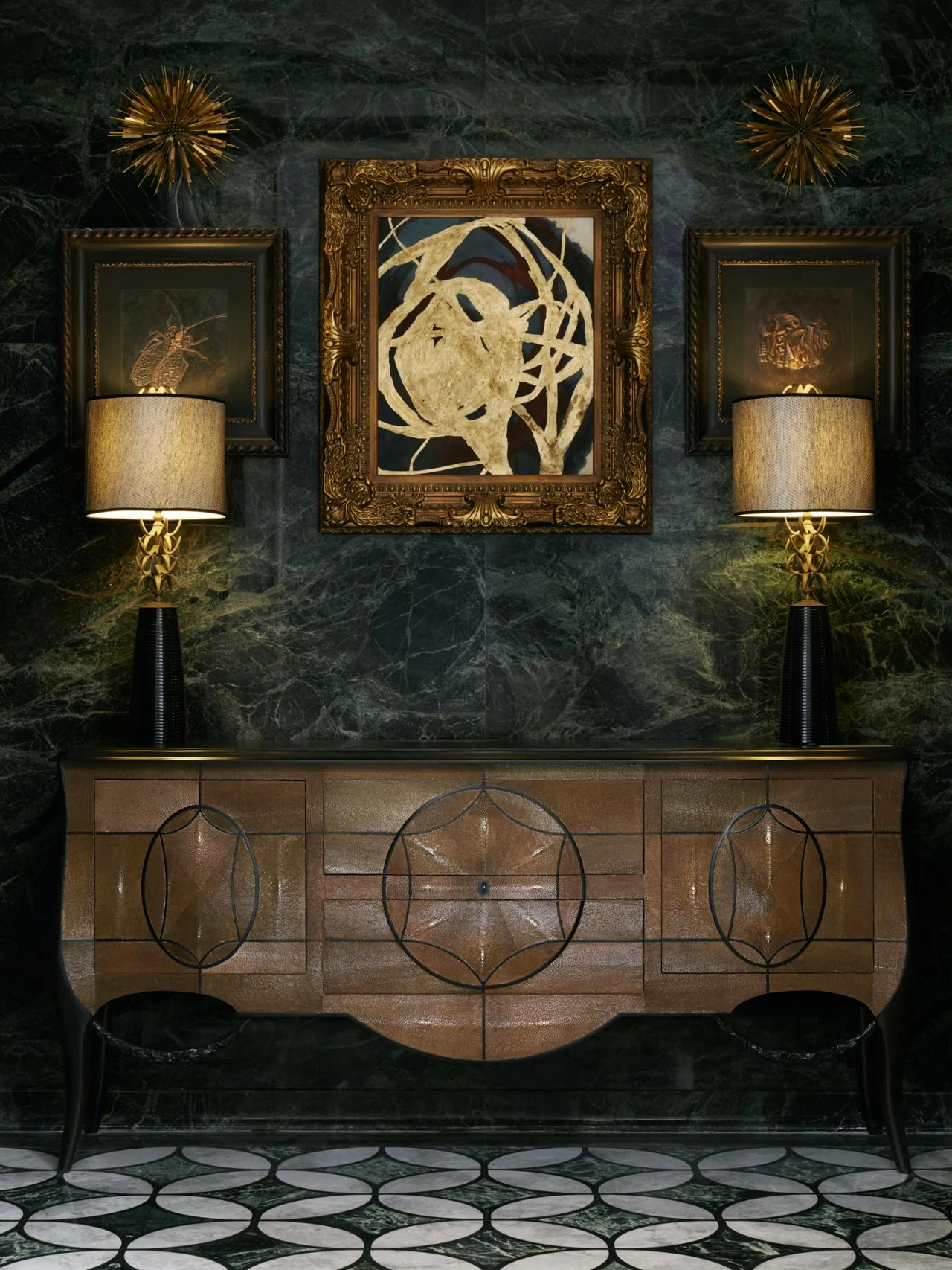House Nacional 135 Espacio18 Arquitectura
2017-06-16 15:00
© Lorena Darquea
洛丽娜·达奎亚


架构师提供的文本描述。国家135号是一个定制的家园,位于瓦哈卡市南部,一个风景如画的世界遗产在梅希科。坐落在圣塞巴斯蒂安图特拉市,这个家见证了一个环境,快速的城市扩张和典型的乡村景观融为一体。
Text description provided by the architects. Nacional 135 is a custom-built home located south of Oaxaca City, a picturesque World Heritage Site in México. Nested in the San Sebastian Tutla Municipality, this home witnesses an ambient where the fast urban sprawl and the typical rural scene melt together.
© Lorena Darquea
洛丽娜·达奎亚


该架构程序通过一组有用的卷来响应占用者的各种需求,这些卷有助于以明确的方式解决每一层平面图的问题。原理图和功能图很简单;就像分支一样,几个元素分布在两个主轴上:一个是水平的,一个是垂直的,把它们分成私人空间和半私人空间。主房间的设计考虑了阁楼的概念,为个人图书馆和工作室的未来实现做好了准备。
The architectural program responds to the occupants’ various needs through a useful set of volumes that helped to solve each floor plan in a clearly manner. The schematic and functional diagrams are simple; just like branches, the several elements are distributed from two main axes: one horizontal and one vertical, separating them into private and semi-private spaces. The main room was designed with the loft concept in mind, setting it up for the future implementation of a personal library and studio.


正面是隐藏在里面的活动的结果。考虑到在必要的地方使用清晰和坚实的表面,让人们看到背面的山脉,产生交叉通风,并利用日照所造成的变化模式,帮助我们实现了我们所谓的智能立面。
The facades are the result of the activities harbored inside. Taking into account the use of clear and solid surfaces wherever is necessary, procuring views to the mountains on the back, generating crossed ventilations and taking advantage of the changing patterns created by the sunlight throughout the day helped us to the accomplishment of what we call a smart façade.
© Lorena Darquea
洛丽娜·达奎亚


从街道的行人入口的角度创造了第一印象的体积作为一个整体。由于内部空间的动态性和连续性,居住者可以轻松地四处走动。
The perspective from the pedestrian entrance on the street creates a first impression of the volumes as a whole. Thanks to the dynamism and continuity of the spaces inside, the occupants can get around with ease.
© Lorena Darquea
洛丽娜·达奎亚


房屋使用的主要材料是传统的手工砖和现场制作的一种特殊的土灰泥。这种石膏可以追溯到后古典时期,在西班牙征服墨西哥期间,曾被用作修道院和教堂的防水方法。我们很幸运地遇到了一位用腐朽的石灰、仙人掌汁和当地的土制成的古老配方的知识和技术的泥瓦匠;制作了一种灰泥,与双高主房的黑砖形成了优雅的对比。
The predominant materials used on the house are traditional handmade bricks and a special earthen plaster prepared on site. This kind of plaster dates back to the Postclassic period and was formerly used as a waterproofing method in convents and churches during the Spanish Conquest of Mexico. We were fortunate enough to have met a plasterer with the knowledge and techniques of this ancient formula made out of rotten lime, cactus juice and local ochre soil; creating a plaster that contrasts gracefully with the dark bricks of the double-height main room.
© Lorena Darquea
洛丽娜·达奎亚


最后,房子作为一种新的元素,融入了典型的郊区环境,这已经被该地区的人们所采纳,并作为卡米诺民族街道上的一个参考。
In the end, the house achieves to insert itself into a typical suburban context as a new element that has been already adopted by the people in the area and taken as a reference on the Camino Nacional street.
© Lorena Darquea
洛丽娜·达奎亚












































Architects Espacio 18 Arquitectura
Location Mexico
Category Houses
Architects in Charge Carla Osorio Jiménez, Mario Alberto Ávila López y Romeo Ávila García
Area 280.0 m2
Project Year 2017
Photographs Lorena Darquea
Manufacturers Loading...
























